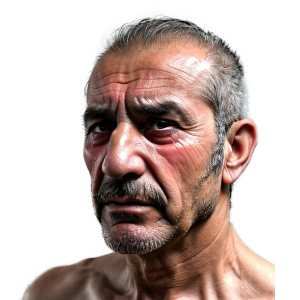Quaere
The New Mithraeum Database
Find news, articles, monuments, persons, books and videos related to the Cult of Mithras.
Your search robert gordon wasson gave 40 results.
-
Liber
Mithras-Orion. Greek Hero and Roman Army God (1980)
The author of this ingenious memoir believes that the Greek myth of Orion is the very basis of Roman Mithriacism. His starting point is an astronomical interpretation of tauroctony. -
Liber
Mysteria Mithrae (1979)
Proceedings of the International Seminar on the 'Religio-Historical Character of Roman Mithraism, with Particular Reference to Roman and Ostian Sources'. Rome and Ostia 28-31 March 1978 -
Monumentum
Tauroctony of Aula Gotica
What appears to be a representation of Mithras killing the bull appears in the 12th century frescoes of the Basilica dei Santi Quattro Coronati in Rome.TNMM762
-
Monumentum
Tauroctonic medallion from Caesarea Maritima
The small medallion depicts three scenes from the life of Mithras, including the Tauroctony. It may come from the Danube area.TNMM141
-
Mithraeum
Mithréum de Vienne
Emperor Julian may have been initiated into the cult of the god Mithras at the Mithraeum of Vienne, France, according to Turcan.TNMM293 – CIMRM 901, 902
Deo Cau/te -
Mithraeum
Mithréum of Strasbourg
Lors de la construction de l’église Saint-Paul en 1911, un mithraeum a été mis au jour à Königshoffen, vicus gallo-romain situé aux abords du camp légionnaire de Strasbourg-Argentorate.TNMM217 – CIMRM 1335
-
Liber
Topoi, volume 11/1 (2001)
Avant-propos Ce volume comprend, à côté de nombreux comptes rendus, regroupés dans le fascicule 2, une série de dossiers traitant de thèmes chers à la revue (l'Orient hellénisé), ou illustrant une approche pluridisciplinaire. Trois d'entre eux… -
Liber
Corpus Inscriptionum et Monumentorum Religionis Mithriacae (1956)
Corpus Inscriptionum et Monumentorum Religionis Mithriacae (or CIMRM) is a two volume collection of inscriptions and monuments relating primarily to the Mithraic Mysteries.

